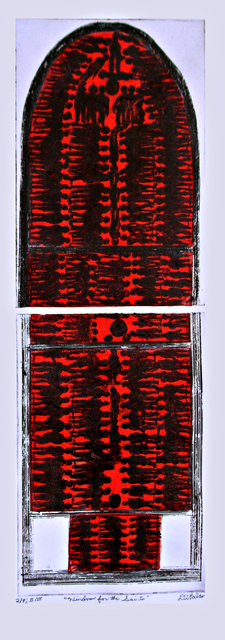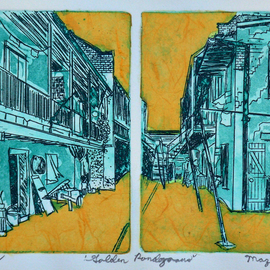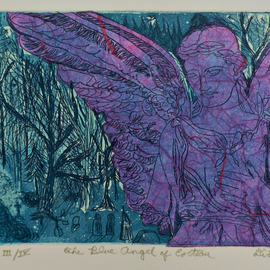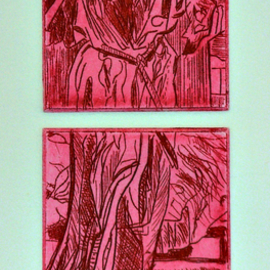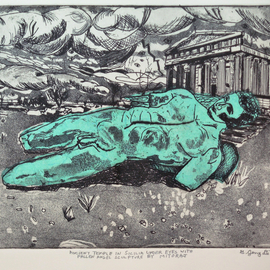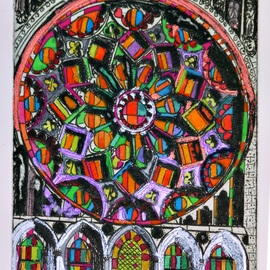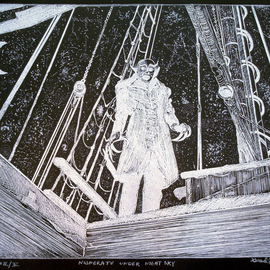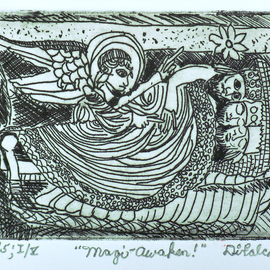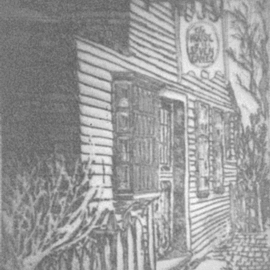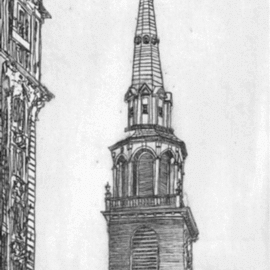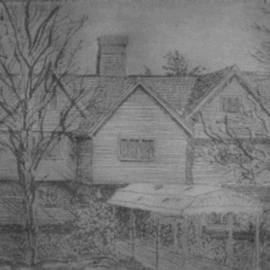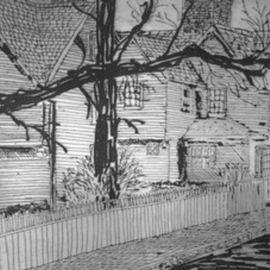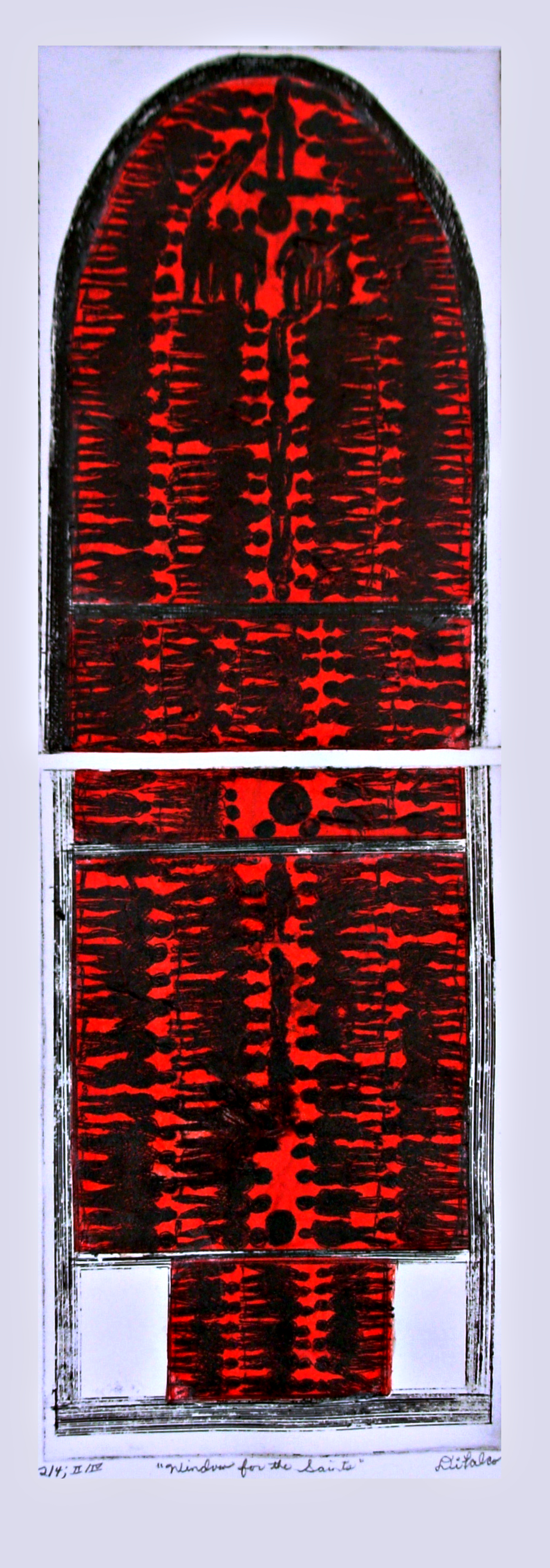Window For The Saints Printmaking By Jerry Di Falco
Artwork For Sale ❯ Printmaking ❯ Jerry Di Falco ❯ History ❯ Window For The Saints
Artist:
Jerry Di Falco
Title:
Window For The Saints
Price:
Year:
2021
Medium:
Size - (USA):
18 W x 26 H x 1 D (inches)
Size - (metric):
45.7 W x 66.0 H x 2.5 D (centimeters)
Theme:
Edition:
Original
Artwork ID:
641088
PDF Copy:
Artwork Description:
NOTE Of the FOUR etchings in this edition, only two remain for sale. This is Etching 2 of 4. Di Falco created the etching by first creating three original pencil drawings from the work entitled, DIAGRAM OF THE BROOKES SLAVE SHIP, from the British Museum. He the transferred his selected drawing to two zinc etching plates coated with a liquid hard ground of beeswax and spirits. After this both plates were etched in Nitric acid. Each of the two plates measured 6-inches wide by 9-inches high, or 16.240cm by 22.860cm. This made the overall printed image size, which included a separation space between the top and bottom plates, measured 6-inches wide by 18.25-inches high, or 16.240cm by 36.355cm. The print was hand-executed on RivesBFK white etching paper that measured 24-inches high by 12-inches wide, or 60.960cm x 30.480cm. Di Falco used a blend of French black etching inks, Charbonnel brand from Paris. This work is from the SECOND of FOUR EDITIONS, with all editions being limited to only four prints. Di Falco employed the studio techniques of INTAGLIO and CHINE COLLE. The later process incorporated a red-dyed mulberry bark paper from Thailand that was both treated with methylcellulose and infused with Japanese kozo threads. The sold work ships to the buyer in a heavyduty cardboard box. Moreover, an archival mat and frame, which that measure about 28 inches by 16 inches, or 71.120cm by 40.640cm, is included in the price. Di Falco printed and published the etching on a Charles Brand industrial press at The Center for Works on Paper within Fleisher Art’s Open Studio In Printmaking in Philadelphia, Pennsylvania, USA. The following information about the initial DIAGRAM from the British Museum is from the websitehttps www. bl. uk collection-items diagram-of-the-brookes-slave-ship. This diagrams full title is The History of the Rise, Progress, and Accomplishment of the Abolition of the African Slave-Trade by the British Parliament. Published 1808, London. Format Print Image. Creator Thomas Clarkson. Usage terms-- Public Domain. Held by British library. This diagram of the Brookes slave ship is probably the most widely copied and powerful image used by those campaigning to abolish the slave trade in the late 18th century. Created in 1787, the image illustrates how enslaved Africans were transported to the Americas and depicts a slave ship loaded to its full capacity – 454 people crammed into the hold. The Brookes sailed the passage from Liverpool via the west coast of Africa to islands in the Caribbean. Thomas Clarkson commented in his History of the Rise, Progress, and Accomplishment of the Abolition of the African Slave Trade 1808 that “the print seemed to make an instantaneous impression of horror upon all who saw it, and was therefore instrumental, in consequence of the wide circulation given it, in serving the cause of the injured Africans. By April 1787, the diagram was widely known across the UK appearing in newspapers, pamphlets, books and even posters pasted on the walls of coffee-houses and taverns. An image had rarely been used as a campaigning tool in this way before. In the late 18th century, demand for luxury goods among rich and poor alike grew rapidly. Popular commodities such as tea and coffee, sugar, tobacco and cotton clothing were all produced by enslaved labour in the plantations of the Americas. This booming demand in turn acted as a stimulus to the transatlantic slave trade. Though the exact human toll will never be known, perhaps 2,500,000 enslaved Africans perished in the unimaginable conditions on the ships that crossed between Africa and colonies in the Americas between the 16th and 18th centuries.
Artwork Keywords:
Slavery, Africa, Slave Trade, Ships, Abolitionist, Cotton, Holocaust, Original Printmaking
